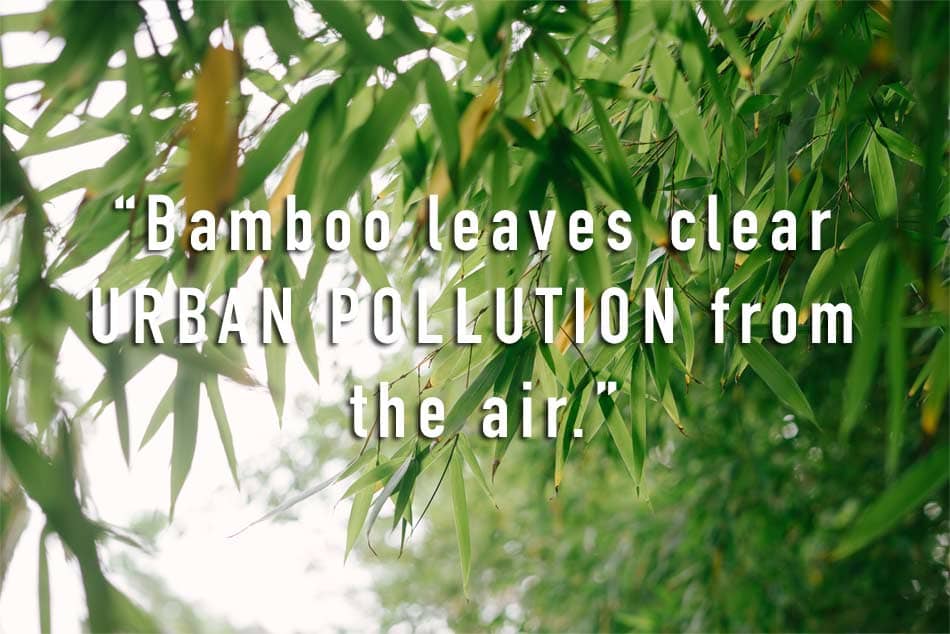Metro Manila got its skyline back amid COVID-19 lockdown – a sight not seen for more than half a century back due to its notorious polluted air.
Just before the lockdown, the Philippines ranked 57th out of 98 countries in IQAir AirVisual’s list of the world’s most polluted countries in 2019.
Two major pollutants were measured by the Sentinel-5 TROPOMI satellite that showed nitrogen dioxide (NO2) and fine particulate matter known as PM2.5 as the predominant cause. PM2.5 has been linked to cardiovascular and respiratory diseases. “The International Agency for Research on Cancer considers PM2.5 a major cause of lung cancer worldwide,” according to Dr. Mylene Cayetano of the University of the Philippines’ Institute of Environmental Science and Meteorology (IESM).
As lockdown now eases, Manila’s dirty air is returning back. How can the Philippines sustain low air-pollution levels?
Planting bamboo in metros can help alleviate worsening conditions. Bamboo has a large number of leaves which is capable of reducing the Urban Pollution such as PM2.5, SO2, NOx, CO, CO2, VOCs specifically from the air, and at the same time produce the highest quality of O2 thus it is able to regulate the particulate matter in cities. Its leaf is able to intercept PM 2.5 because of the leaf roughness, Pore Structure, Wax content, Hairy Structure on the Leaf surface.
Bamboo trees grown on either side of the highway acts as a natural barrier by reducing the noise and air pollution level. As bamboo is the fastest growing plant on earth, it reaches its maximum growth as “Pollution Filter” in 3 years’ time while other trees would take 25 years to reach its maximum growth to act as a pollution filter.
Bamboo forests have shown a strong reduction in Air Pollution, the concentration of atmosphere PM2.5, PM10, PAHs, VOCs decreases by bamboo in several experiments. Thus planting bamboo in the metro may be the key.
Let’s help our environment by using bamboo. Let’s BUYboo.

